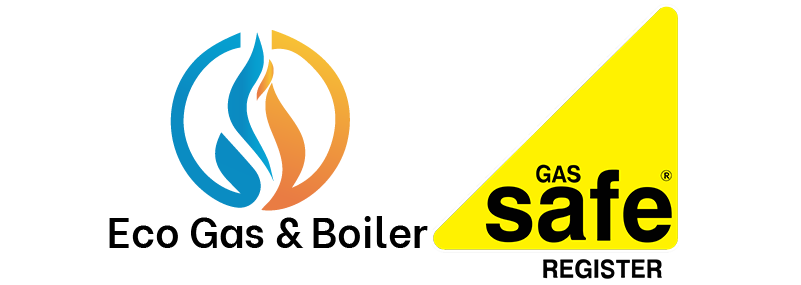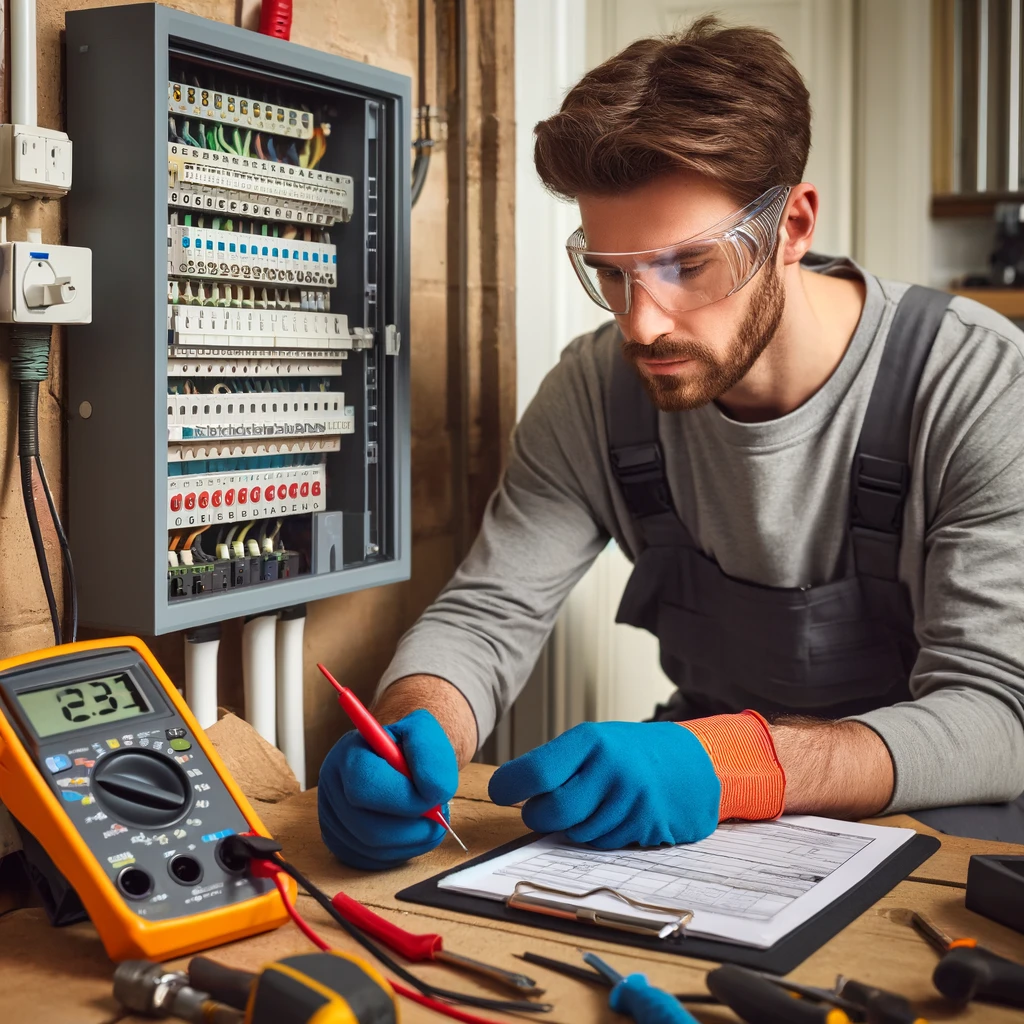In the dynamic world of modern infrastructure, electrical systems form the backbone of daily operations, whether in residential, commercial, or industrial settings. Ensuring these systems are safe, reliable, and compliant with current standards is paramount. This is where services like Emergency Electrical Services, Electrical Installation, and Electrical Installation Condition Reports (EICRs) become essential. These services not only guarantee the smooth functioning of electrical systems but also provide a safety net against potential hazards.
Understanding Emergency Electrical Services
Emergency Electrical Services are designed to address urgent electrical issues that can arise unexpectedly, posing significant risks to property and personal safety. These services are typically available 24/7, ensuring that any electrical emergency, whether it’s a sudden power outage or a dangerous electrical fault, is handled promptly and effectively.
Importance of Emergency Electrical Services
The importance of Emergency Electrical Services cannot be overstated. Electrical emergencies can lead to severe consequences, including fire hazards, electrical shocks, and extensive property damage. Immediate attention to such issues is crucial to mitigate risks and restore normalcy. Emergency electricians are trained to respond swiftly, diagnose problems accurately, and perform necessary repairs to ensure safety and functionality.
Common Scenarios Requiring Emergency Services
Several scenarios necessitate the intervention of emergency electricians. Power outages, especially those affecting critical systems, need immediate attention. Electrical faults such as tripped circuits, burning smells, or visible sparks indicate underlying problems that require urgent repair. Additionally, circuit failures, often characterized by persistent tripping of breakers, can disrupt daily activities and pose safety risks.
Benefits of Having an Emergency Electrician
Having access to an emergency electrician offers numerous benefits. The most significant advantage is the rapid response to critical issues, which minimizes downtime and prevents further damage. Emergency electricians bring expertise and tools to address various problems efficiently, ensuring safety and restoring power swiftly. This prompt service reduces stress and potential risks associated with electrical failures.
What to Expect from Emergency Electrical Services
When you call for Emergency Electrical Services, you can expect a quick response from qualified professionals. These electricians conduct thorough diagnostics to identify the root cause of the issue and implement immediate repairs. Their approach is both systematic and swift, ensuring that the problem is resolved with minimal disruption. They also provide safety recommendations to prevent future emergencies.
Choosing a Reliable Emergency Electrician
Selecting a reliable emergency electrician involves considering several factors. Look for licensed and certified professionals with a proven track record in handling emergencies. Customer reviews and testimonials can provide insights into their reliability and quality of service. Additionally, ensure they offer 24/7 availability to address emergencies at any time.
Electrical Installation: A Comprehensive Guide
Electrical Installation encompasses the process of setting up electrical systems in new or existing buildings. This involves planning, installing wiring and components, and ensuring everything complies with safety standards. Proper installation is crucial for the efficient and safe operation of electrical systems.
Types of Electrical Installations
Electrical installations vary based on the setting. Residential installations focus on home wiring, lighting, and appliance connections. Commercial installations cover office buildings, retail spaces, and other business environments, requiring more complex systems. Industrial installations involve large-scale electrical setups for factories and manufacturing plants, demanding robust and durable components.
Steps Involved in Electrical Installation
The process of electrical installation includes several key steps. Initially, a detailed plan is created, outlining the electrical requirements and layout. The next phase involves the actual installation of wiring, outlets, and other components. Finally, thorough testing ensures that the system operates correctly and safely. Compliance with local codes and standards is verified throughout the process.
Ensuring Compliance in Electrical Installation
Compliance with local codes and regulations is vital in electrical installations. This ensures the safety and legality of the system. Electricians must adhere to national and local standards, such as the National Electrical Code (NEC) in the United States, or equivalent standards in other regions. Regular inspections and approvals are necessary to maintain compliance.
Benefits of Professional Electrical Installation
Opting for professional electrical installation offers several benefits. Professional electricians bring expertise, ensuring that installations are performed correctly and safely. This reduces the risk of future issues and enhances the reliability and efficiency of the electrical system. Professional installations also ensure compliance with standards, providing peace of mind and legal assurance.
Choosing the Right Electrician for Installation
Selecting the right electrician for your installation project involves evaluating their credentials, experience, and reputation. Look for licensed professionals with relevant experience in similar projects. Reviews and recommendations can offer valuable insights. Additionally, ensure they provide comprehensive services, from planning to testing and certification.
Understanding Electrical Installation Condition Reports (EICR)
Electrical Installation Condition Reports (EICR) are comprehensive assessments of electrical installations within a property. These reports evaluate the condition of the electrical system, identifying any defects, deterioration, or non-compliance with current safety standards. EICRs are crucial for maintaining the safety and functionality of electrical installations.
Importance of EICR
The importance of EICRs lies in their ability to identify potential hazards and ensure compliance with safety standards. Regular EICRs help prevent electrical accidents by detecting issues early, allowing for timely repairs. They are also a legal requirement for rental properties and are often requested during property sales and insurance assessments.
When Do You Need an EICR?
An EICR is needed in various scenarios. Property owners should conduct EICRs periodically to ensure ongoing safety and compliance. EICRs are also essential when selling a property, providing potential buyers with assurance of the electrical system’s condition. Landlords are required to obtain EICRs for rental properties to comply with safety regulations. Additionally, insurance companies may request EICRs to assess risk.
What Does an EICR Involve?
An EICR involves a detailed inspection and testing of the electrical system. Inspectors assess the condition of wiring, outlets, and other components, checking for wear, damage, and compliance with safety standards. They perform various tests to ensure the system operates correctly and safely. The findings are documented in a report, highlighting any issues and recommendations for remedial action.
Common Issues Found in EICRs
EICRs often uncover common issues such as outdated wiring, faulty installations, and non-compliance with current standards. Other issues may include overloaded circuits, inadequate grounding, and deteriorated insulation. These findings highlight the need for prompt repairs to maintain safety and compliance.
How to Address Issues Found in EICRs
Addressing issues identified in an EICR involves following the inspector’s recommendations. This may include repairing or replacing faulty components, upgrading outdated systems, and ensuring compliance with current standards. Follow-up inspections may be necessary to verify that corrective actions have been successfully implemented.
Benefits of Regular EICRs
Regular EICRs offer numerous benefits. They enhance safety by identifying and addressing potential hazards, reducing the risk of electrical accidents. Regular inspections also ensure ongoing compliance with safety standards, avoiding legal issues and penalties. Additionally, they provide peace of mind, knowing that the electrical system is in good condition.
Choosing a Qualified Inspector for EICR
Selecting a qualified inspector for an EICR involves considering their certifications, experience, and thoroughness. Look for inspectors who are certified by recognized bodies and have extensive experience in conducting EICRs. Reviews and recommendations can provide insights into their reliability and quality of service.
Cost Considerations for EICR
The cost of an EICR can vary based on several factors, including the size and complexity of the property, the extent of the inspection, and the region. While inspection fees are an initial expense, they provide significant value by ensuring safety and compliance, potentially avoiding costly repairs and legal issues in the future.
FAQs about Emergency Electrical Services
What should you do in case of an electrical emergency?
In case of an electrical emergency, prioritize safety. Turn off the power at the main switch if safe to do so, and contact emergency electrical services immediately.
How can you find a reliable emergency electrician?
Look for licensed electricians with positive customer reviews and a track record of prompt, efficient service. Availability 24/7 is also crucial.
FAQs about Electrical Installation
What are the main steps in electrical installation?
The main steps include planning, installing wiring and components, and thorough testing to ensure safety and compliance with standards.
Why is professional electrical installation important?
Professional installation ensures safety, reliability, and compliance with standards, reducing the risk of future issues and enhancing system efficiency.
FAQs about EICRs
How often should EICRs be conducted?
EICRs should be conducted periodically, typically every 5-10 years for residential properties, or more frequently for rental properties and commercial buildings.
What are common issues found in EICRs?
Common issues include outdated wiring, faulty installations, overloaded circuits, and non-compliance with current safety standards.
What should you do if an EICR identifies issues?
Follow the inspector’s recommendations for repairs or upgrades, and ensure compliance with safety standards. Follow-up inspections may be necessary to verify corrective actions.
Conclusion
Ensuring the safety, reliability, and compliance of electrical systems is essential for any property. Emergency Electrical Services provide prompt solutions to urgent issues, minimizing risks and restoring functionality. Proper Electrical Installation guarantees the efficient and safe operation of systems, while regular Electrical Installation Condition Reports (EICRs) offer a comprehensive assessment of the system’s condition, ensuring ongoing safety and compliance. By prioritizing these services, property owners can maintain a safe and reliable electrical infrastructure, enhancing peace of mind and legal assurance.







